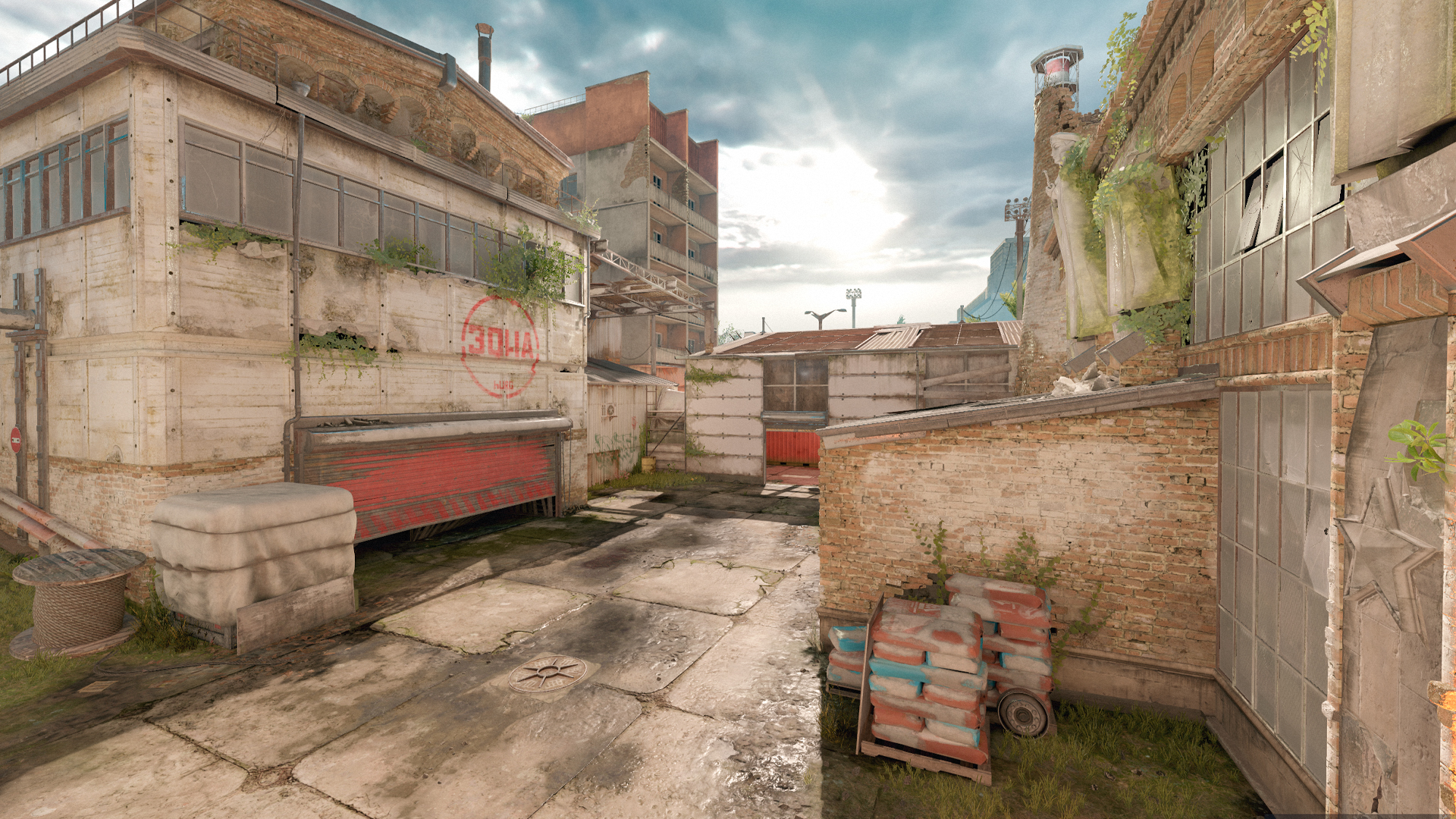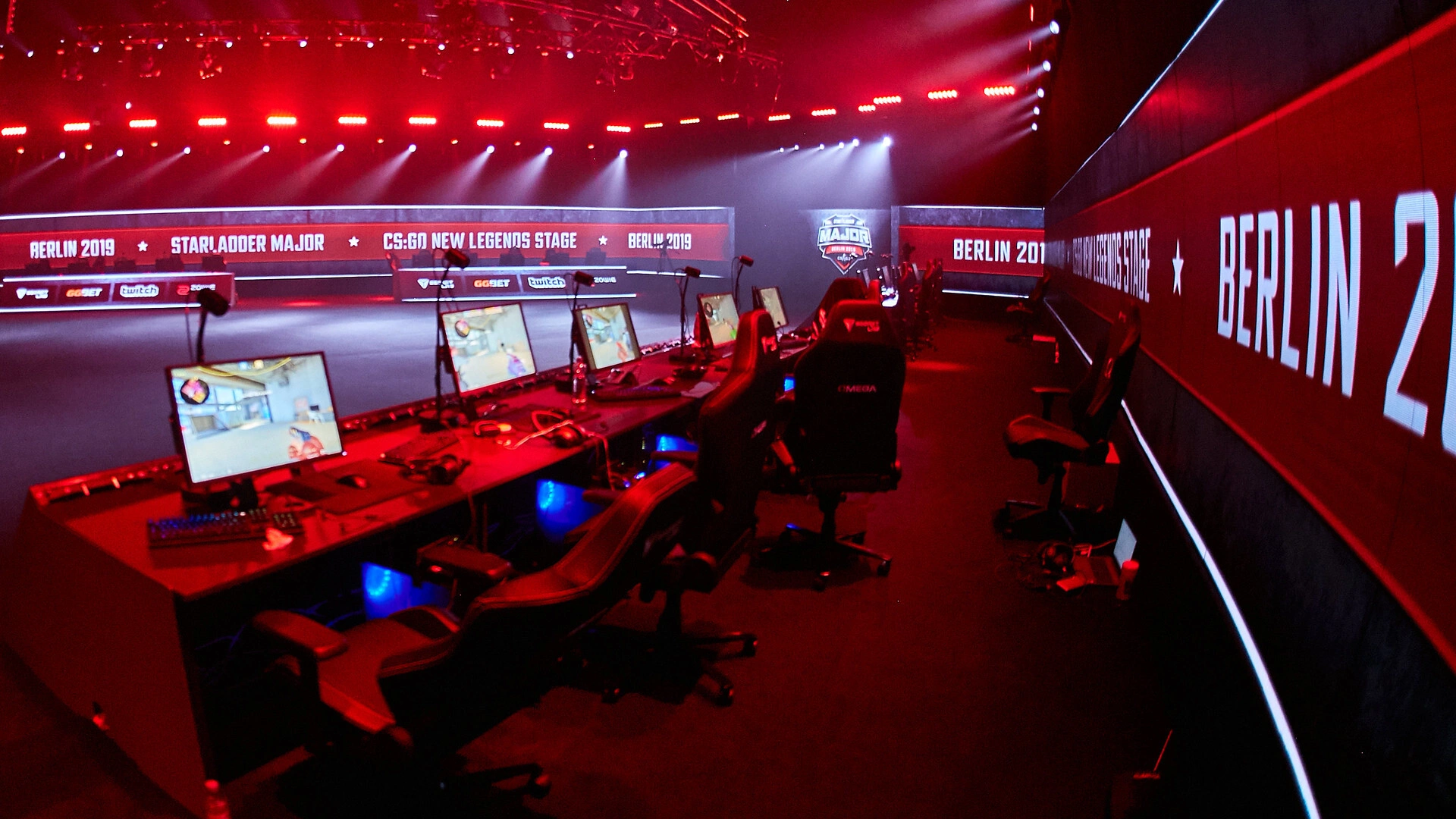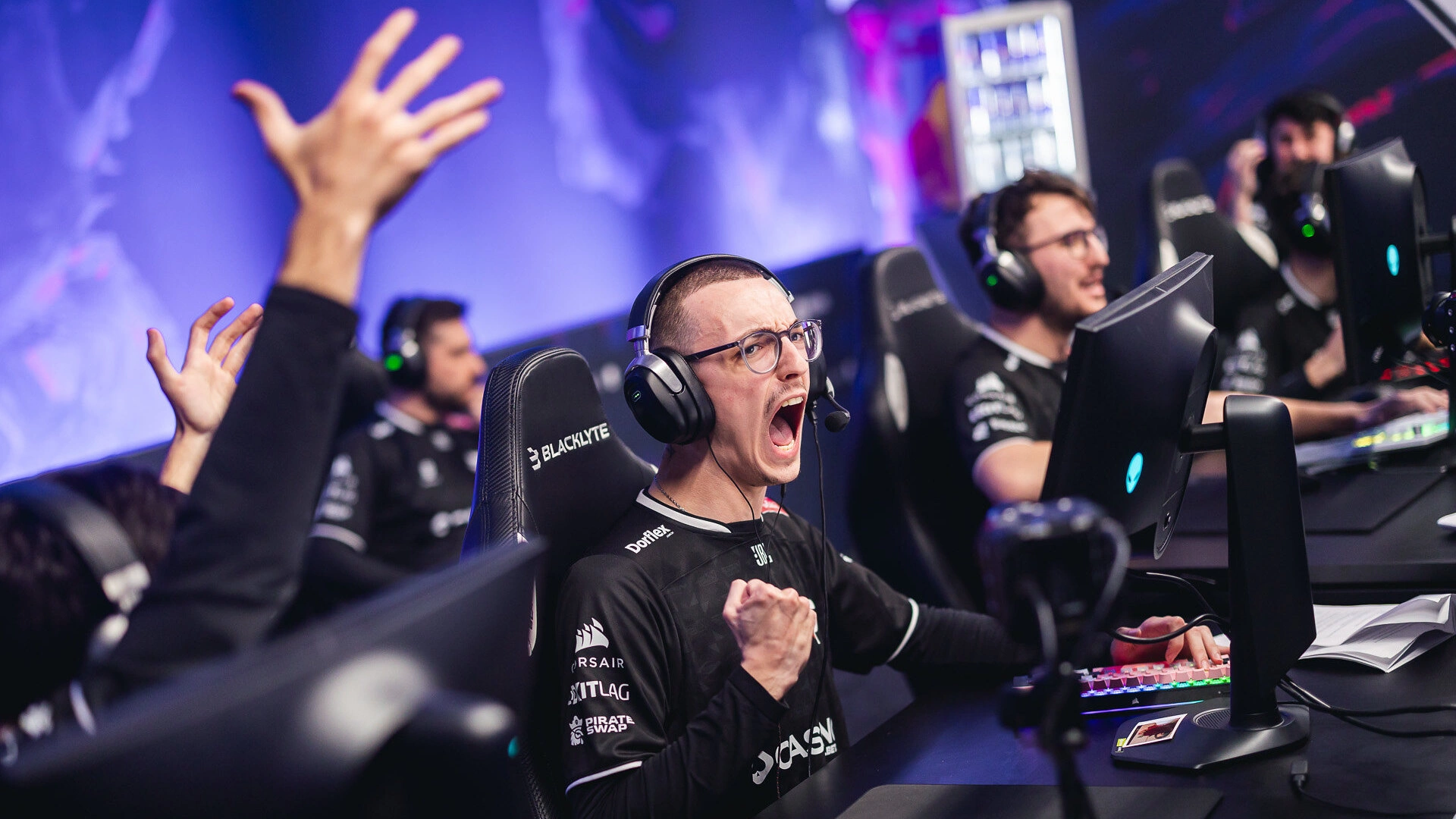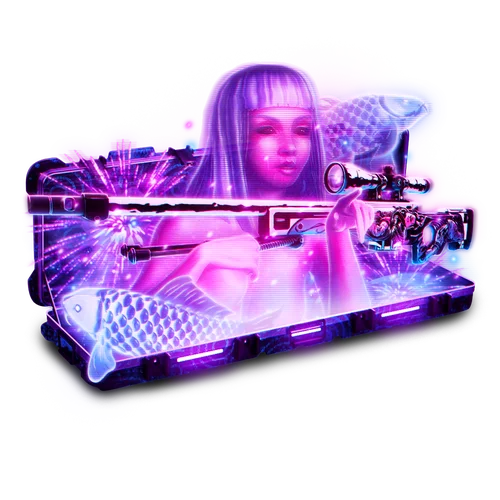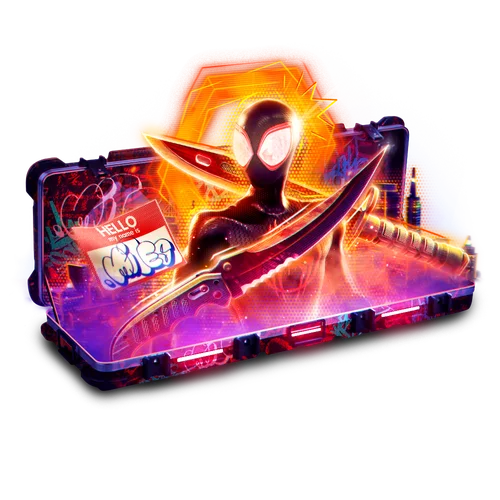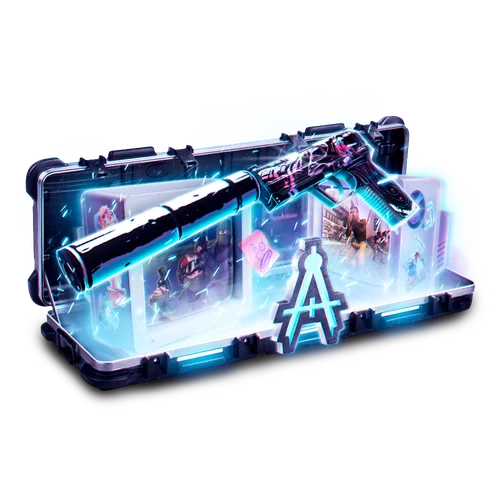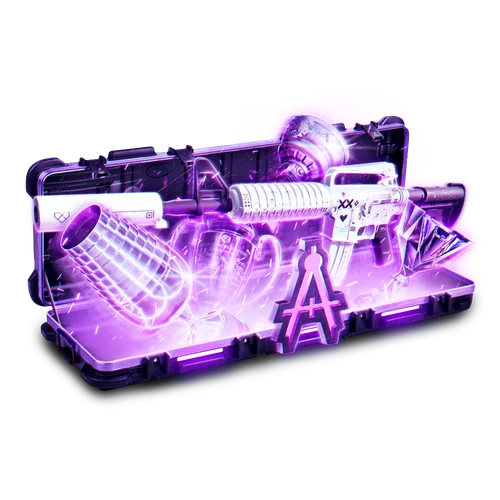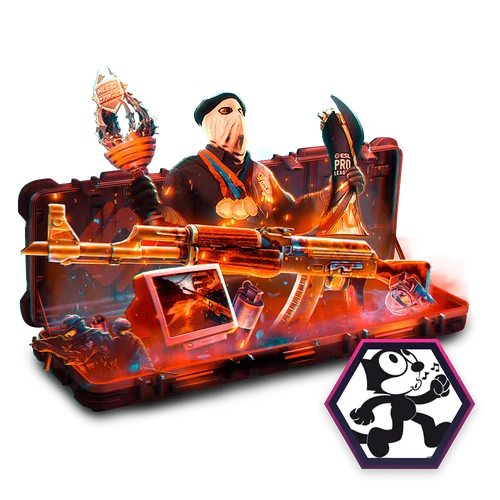Counter-Strike fans around the globe have long been captivated by the iconic map Cache. After an extended hiatus from the official Active Duty rotation, Cache is once again on the radar—this time as a Counter-Strike 2 remake. We have witnessed the dedication, creativity, and meticulous attention to detail poured into this refreshed version, which honors the map’s legacy while unlocking novel opportunities for new and returning players alike.
We remember when Cache first captivated players years ago, offering a fictional world deeply inspired by the actual Chernobyl Exclusion Zone. The eerie aesthetic, abandoned industrial structures, and dramatic set pieces struck a chord with fans. Developed initially by mapmakers Salvatore “Volcano” Garozzo and Shawn “FMPONE” Snelling, Cache quickly rose to a position of prominence in the community. Even before Valve officially recognized and integrated it into the CS:GO Active Duty map pool, we saw competitive players, casual gamers, and content creators praising the map’s balanced layout and distinct atmosphere.

The original version of Cache appeared in the CS:GO workshop, and after widespread acclaim and community votes, Valve elected to include it in the official game mode rotations. Eventually, Cache was placed in the Active Duty pool, which comprises the maps used in major tournaments. For nearly half a decade—from June 2014 to March 2019—Cache served as an arena of countless professional matches and was a staple of the competitive scene.
During that time, fans grew to love its tight chokepoints and mid-control battles, as well as the symmetrical design that rewarded astute map awareness. A hallmark of Cache’s success was its blend of clear lines of sight and multiple entry points, encouraging methodical tactics and boosting the potential for flashy individual outplays. It remained a favorite until Valve swapped it out for Vertigo in March 2019, a decision that triggered countless community discussions about when—and if—Cache would ever make a triumphant return.

Shortly after Cache was removed from Active Duty, FMPONE and Volcano revealed their intent to create a refreshed version of the map. The resulting 2019 remake offered a dramatic revamp, both visually and in certain gameplay elements. We observed an enriched color palette, extensive foliage, and subtle structural adjustments designed to fine-tune competitive balance.
Nonetheless, while that version of Cache did land in CS:GO’s casual and matchmaking modes, it never reclaimed its spot in the Active Duty pool, leaving professional matches with a conspicuous absence that fans often lamented.
Now, with the release of Counter-Strike 2, the interest in Cache has skyrocketed once again. On March 3, FMPONE released the brand-new Cache via the Steam Workshop, generating a wave of excitement throughout the community. We had glimpses of the map prior to the official release through a series of leaks that circulated mere hours before the announcement.

This new iteration maintains the atmospheric ties to Chernobyl but leverages the advanced graphical enhancements introduced by Counter-Strike 2’s engine. We see carefully refined textures, lighting improvements that make each angle pop, and subtle environmental details that hint at the region’s industrial history. While the lush foliage from the 2019 version has been toned down to improve visibility, there is still a vibrant color range that makes the map stand out.
Beyond the stunning new visuals, there are some notable gameplay tweaks we have evaluated that strike a strong chord with returning players. One such revision is the removal of the ladder and scaffolding in the Z connector—something that many players disliked in 2019, as it introduced angles that felt disruptive to the overall flow of the map. Instead, defenders must rely on the tried-and-true arrangement used before the ladder was added.

Among the broader player base, feedback has been positive, with many praising the map’s visual polish and performance optimizations. Enthusiasts point out that the new lighting system accentuates the distinct corners and angles that define Cache’s gameplay, while also eliminating the occasional frustration of enemy models blending into overly dark or green backdrops. Fans who have tested the workshop version often comment on how comfortable and recognizable the environment feels, even though it has undergone a near-complete graphical overhaul.
One aspect generating debate revolves around the absence of an iconic piece of graffiti that once commemorated Oleksandr “s1mple” Kostyliev’s legendary falling double kill. The s1mple graffiti, featuring a winged figure wielding an AWP, acted as a timeless homage to one of the most jaw-dropping plays in Major history. We have followed the spirited discussions across social media, where some fans are disappointed at the graffiti’s removal, warning that it represents the loss of a precious piece of Counter-Strike heritage. Others argue that this new version should serve as a fresh canvas for future moments of brilliance.

FMPONE, the current map owner, has not confirmed whether the graffiti will make a future return if Cache eventually enters the official CS2 lineup. Given Valve’s previous approach with community maps—purchasing Anubis outright from its creators before placing it in the Active Duty rotation—there is a possibility that a future deal might include the return of s1mple’s graffiti, or perhaps brand-new commemorations of other highlight-reel plays.
While the workshop release has reignited excitement, the question on everyone’s mind remains: Will Cache reclaim its rightful place in the Active Duty rotation in CS2? We understand that Valve alone holds the key, and historically, the developer has not been shy about reshuffling the competitive map pool to keep the meta fresh. Vertigo, Ancient, and Anubis all came as replacements for older stalwarts, demonstrating Valve’s willingness to experiment. From what we have seen, the primary factor is whether a map can retain its unique charm and competitive viability in a modern context, which Cache has undeniably demonstrated in the past.





























